Call Us Today : 617-489-2750
Gold plating is an electrolytic process that is valued for it physical properties. Gold’s electric conductivity, and resistance to corrosion and oxidization make it an ideal finish for various electronic components.
Purecoat North offers nickel hardened gold plating, cobalt hardened gold plating and soft gold plating. Hard gold is 99.7% pure, with a knoop hardness of 130-200, making it ideal for applications in which electrical conductivity is required. Soft gold is 99.9% pure gold, with a knoop hardness of 91-115, making it pliable and easier to solder than hard gold plating.
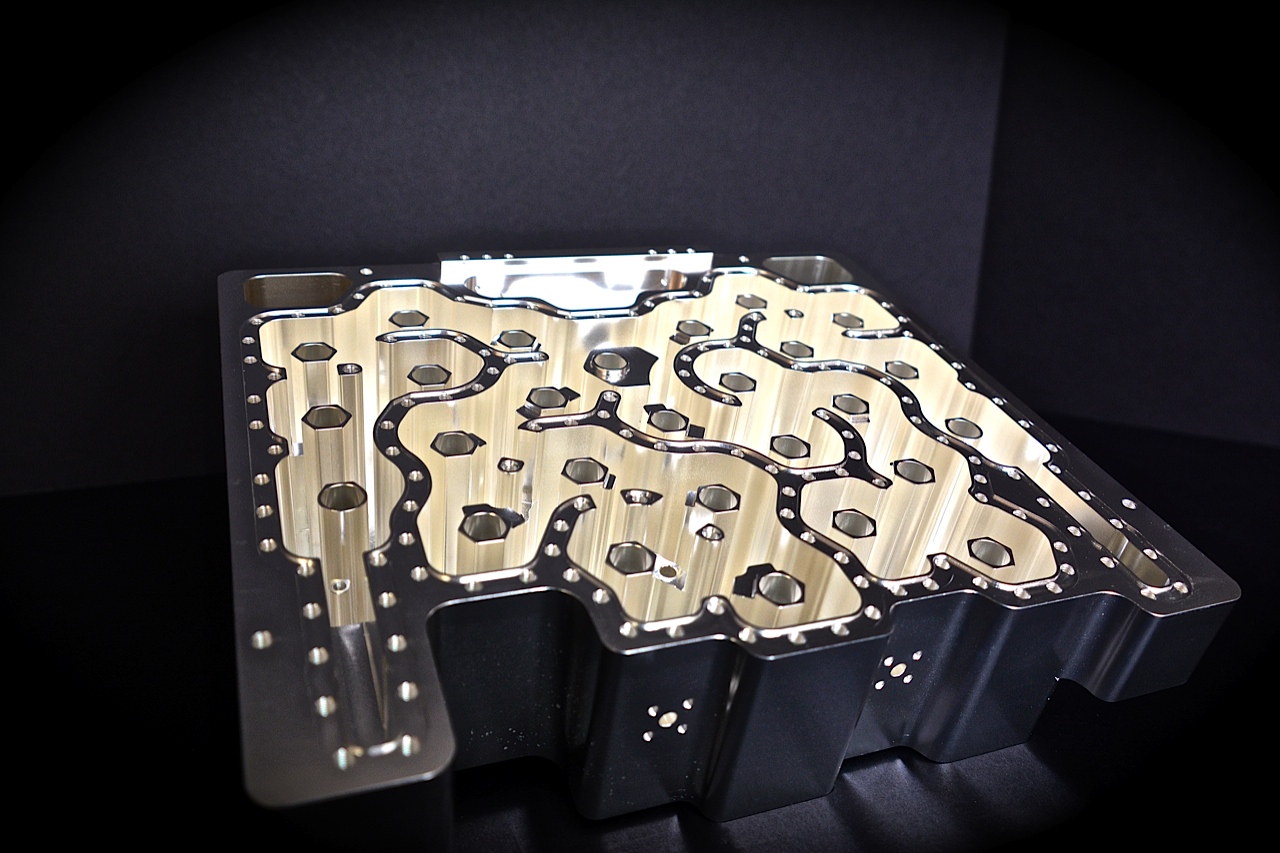
Silver plating is an electrolytic process that is valued for its physical properties.
Silver has the highest electrical and thermal conductivity of all metals, provides lubricity for bearings, and offers excellent solderability.
Purecoat North can add surface treatments to silver plating, to prevent the formation of tarnish. Purecoat North offers bright, semi-bright, and matte silver.
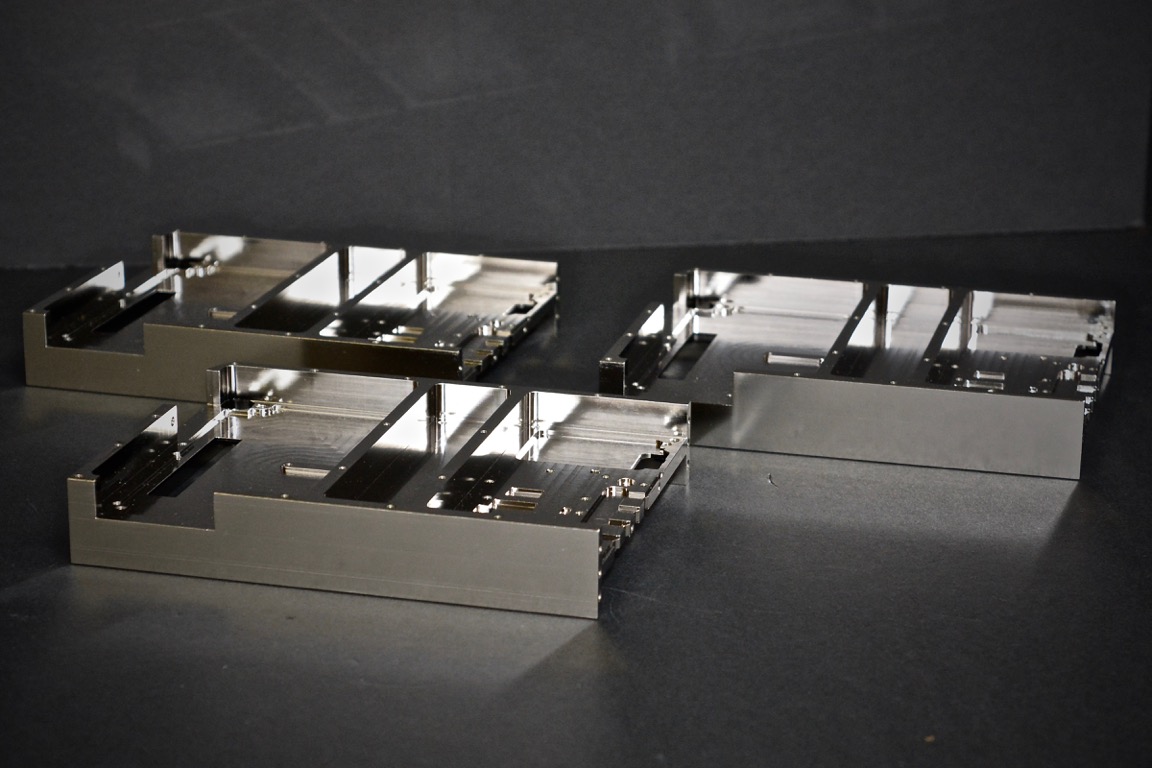
Electroless nickel plating is an autocatalytic process that deposits an alloy of nickel and phosphorous onto a metal substrate
The benefits to using electroless nickel plating are corrosion resistance and hardness of nickel deposit. The absence of an electrical current ensures uniformity throughout all surfaces, and provide the best opportunity for controlling the thickness of the plating.
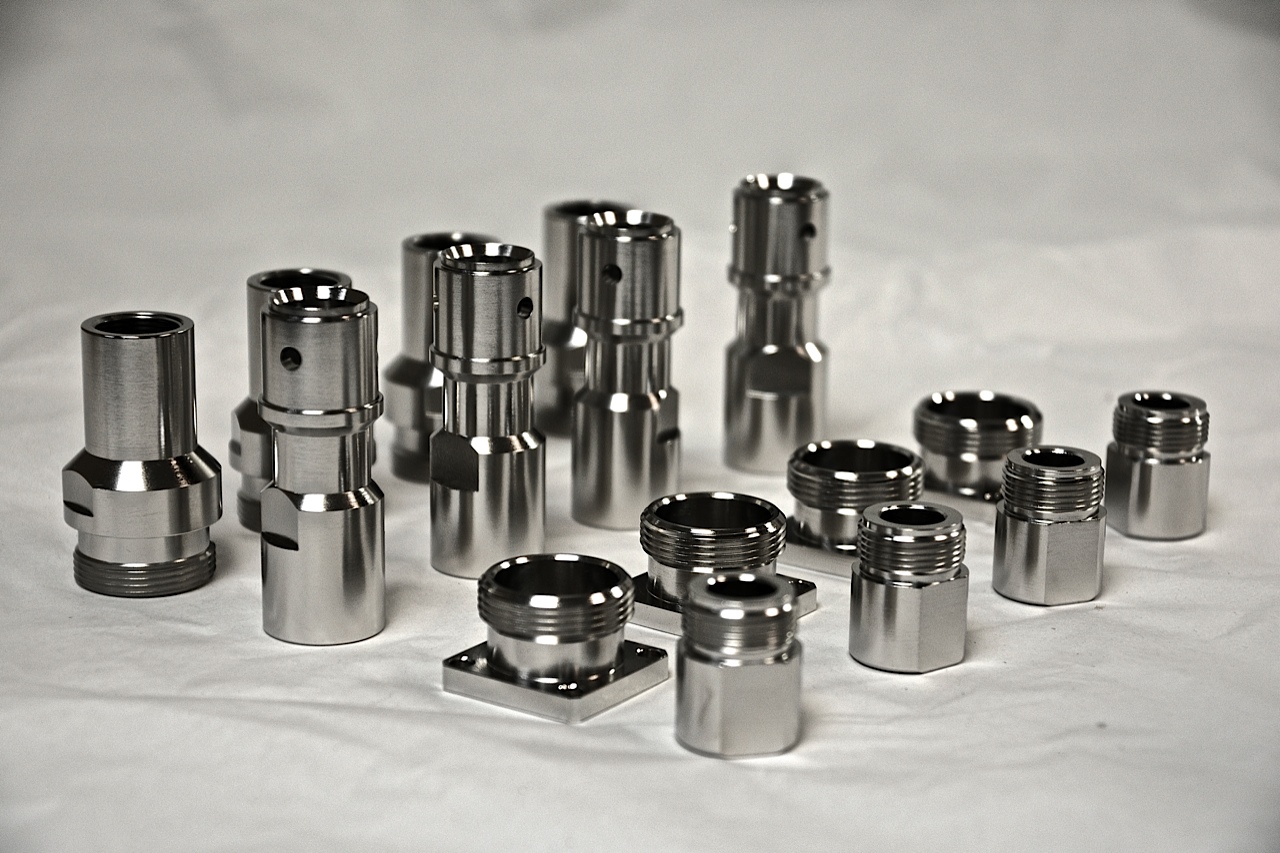
Bright nickel plating is an electrolytic process that deposits a coating of nickel sulfate onto a metal substrate. Bright nickel plating provides excellent corrosion resistance. Bright nickel has a bright and lustrous finish, making it ideal for applications that require a decorative finish.

Sulfamate nickel plating is an electrolytic process that deposits a coating of nickel sulfamate onto a metal substrate.
Sulfamate nickel is extremely ductile, making it an excellent choice for joining applications such as soldering, brazing, welding, and epoxy bonding. Sulfamate nickel performs well as a standalone finish, but is also an excellent undercoat

Copper plating is an electrolytic process that is great for conductivity and is cost effective. Although copper plating can be used independently, it is often used as an undercoat for other metal finishing applications.
Copper plating is a popular choice as an undercoat, because it provides a smooth and easy to plate surface, improves electrical properties, and enhances adhesion. The high electrical conductivity of copper makes it an excellent choice for high tech products.
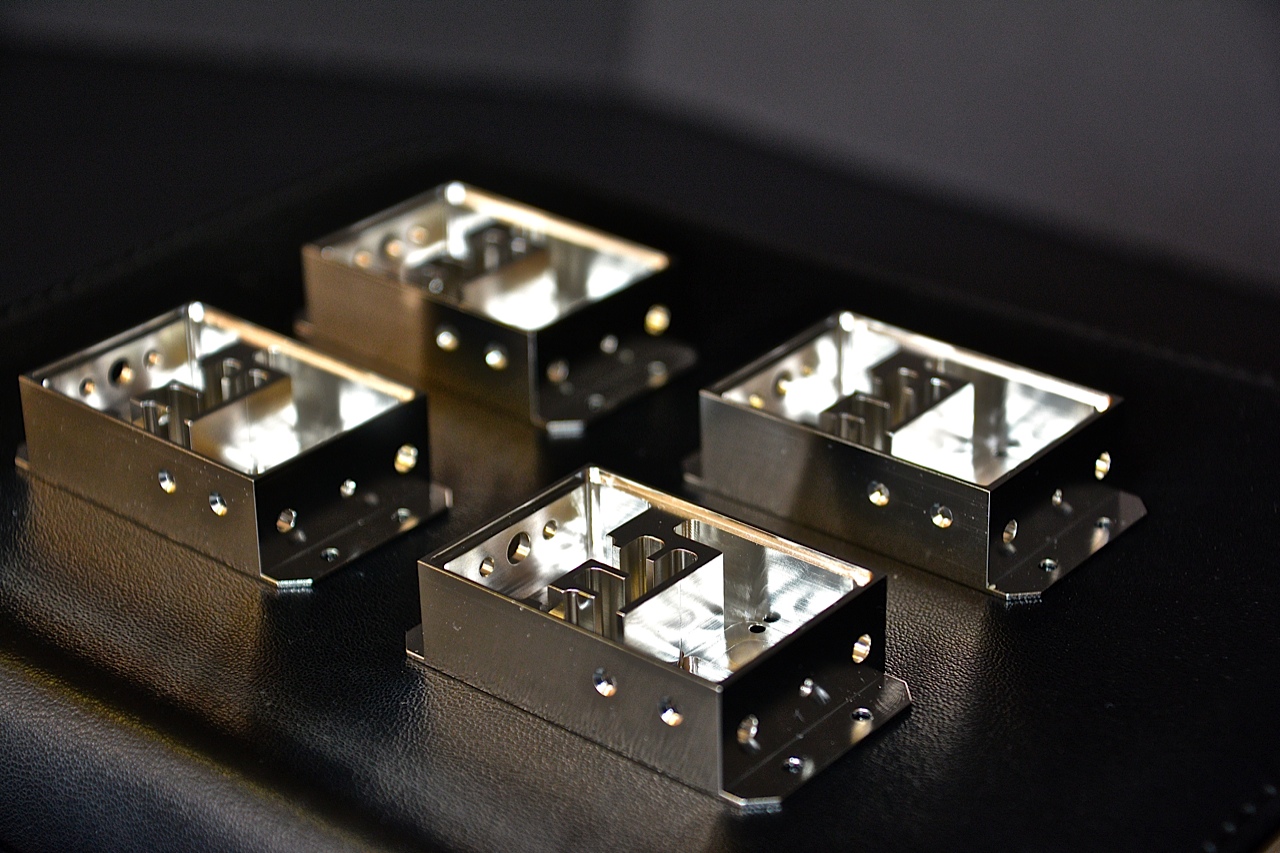
Tri-Alloy (White Bronze) plating is an electrolytic process that deposits a layer of an alloy consisting of tin, copper, and zinc.
The make-up of Tri-Alloy is 50-60% copper, 25-28% tin, and 14-18% zinc. Tri-Alloy (White Bronze) plating has low porosity, is highly resistant to corrosion, and is exceptional for solder applications.
Tri-Alloy plating can be used instead of nickel plating, because it is non-magnetic. Tri-Alloy (White Bronze) plating is popular in a variety of commercial industries, due to its excellent wear and corrosion resistance.

Tin plating is an electrolytic process that deposits a layer of tin onto a metal substrate. Tin plating is ideal for its properties of electrical conductivity and solderability.
Purecoat North offers both bright tin plating and matte tin plating. Bright tin plating is commonly used in electrical contact applications, such as switching components and terminals.
Matte tin is the preferred method for parts that require solderability.
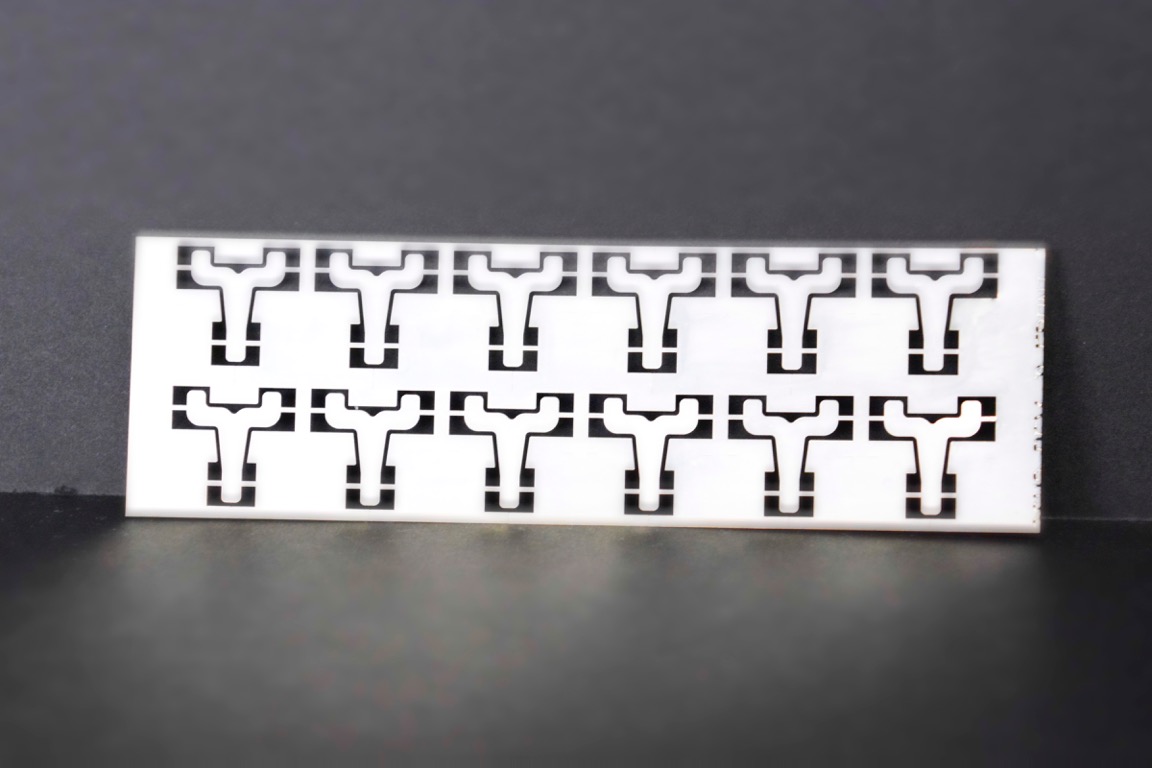
Tin-Lead plating is an electrolytic process that deposits a layer of tin-lead onto a metal substrate. Alloying lead with tin reduces the potential of the formation of whiskers, and provides a low melting point, making it favorable for applications requiring solderability.
Tin-Lead plating also provides corrosion resistance. Purecoat North offers 60-40 Tin-Lead plating, 90-10 matte, and 90-10 bright.
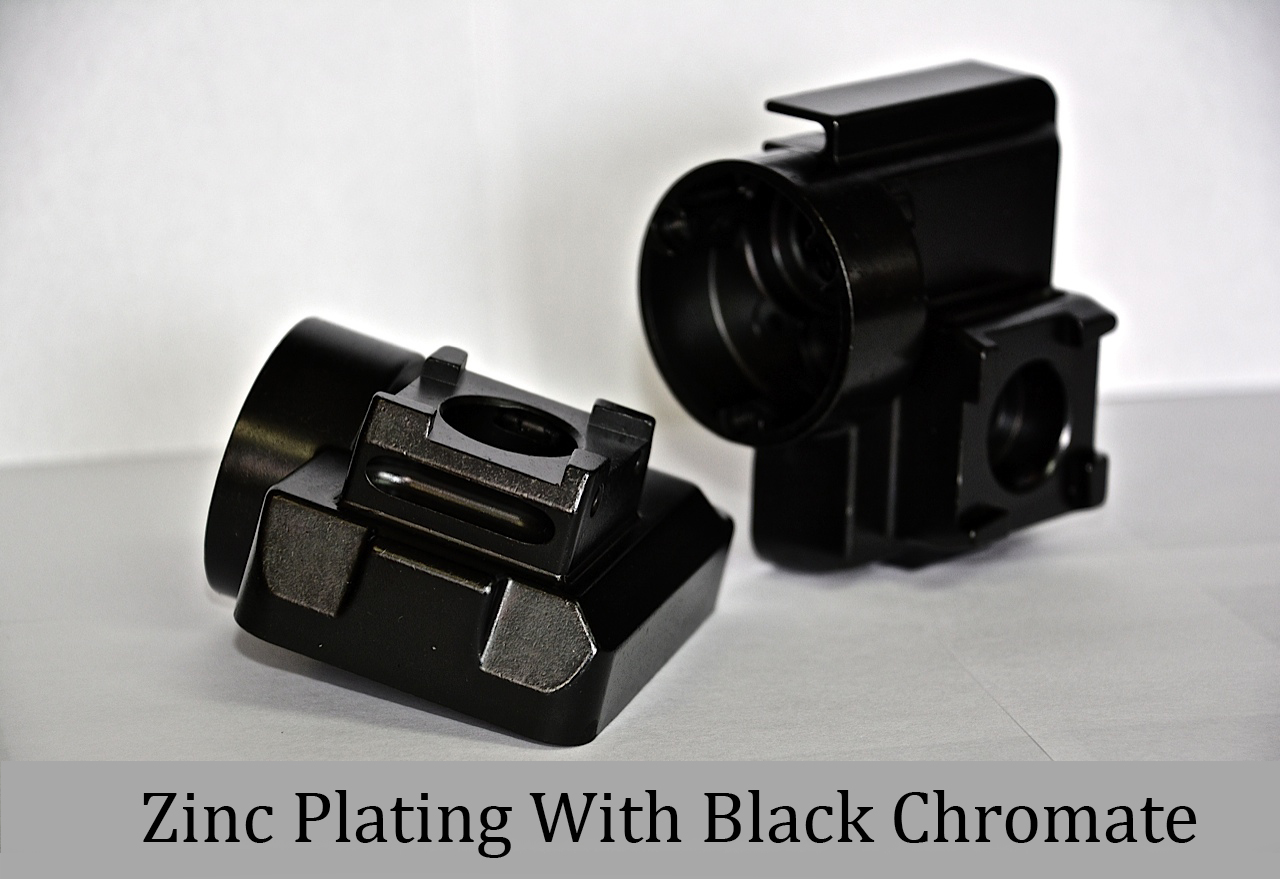
Zinc plating is an electrolytic process that deposits a layer of zinc in order to protect the base metal from corrosion.
Zinc plating is excellent for anti-galling purposes on threaded features. Following zinc plating, it is common for a coating of chromate conversion to be applied. Purecoat North offers zinc plating with olive drab, clear, yellow, and black chromate.
The use of chromates following the zinc plating can increase corrosion protection, and provide a decorative finish.
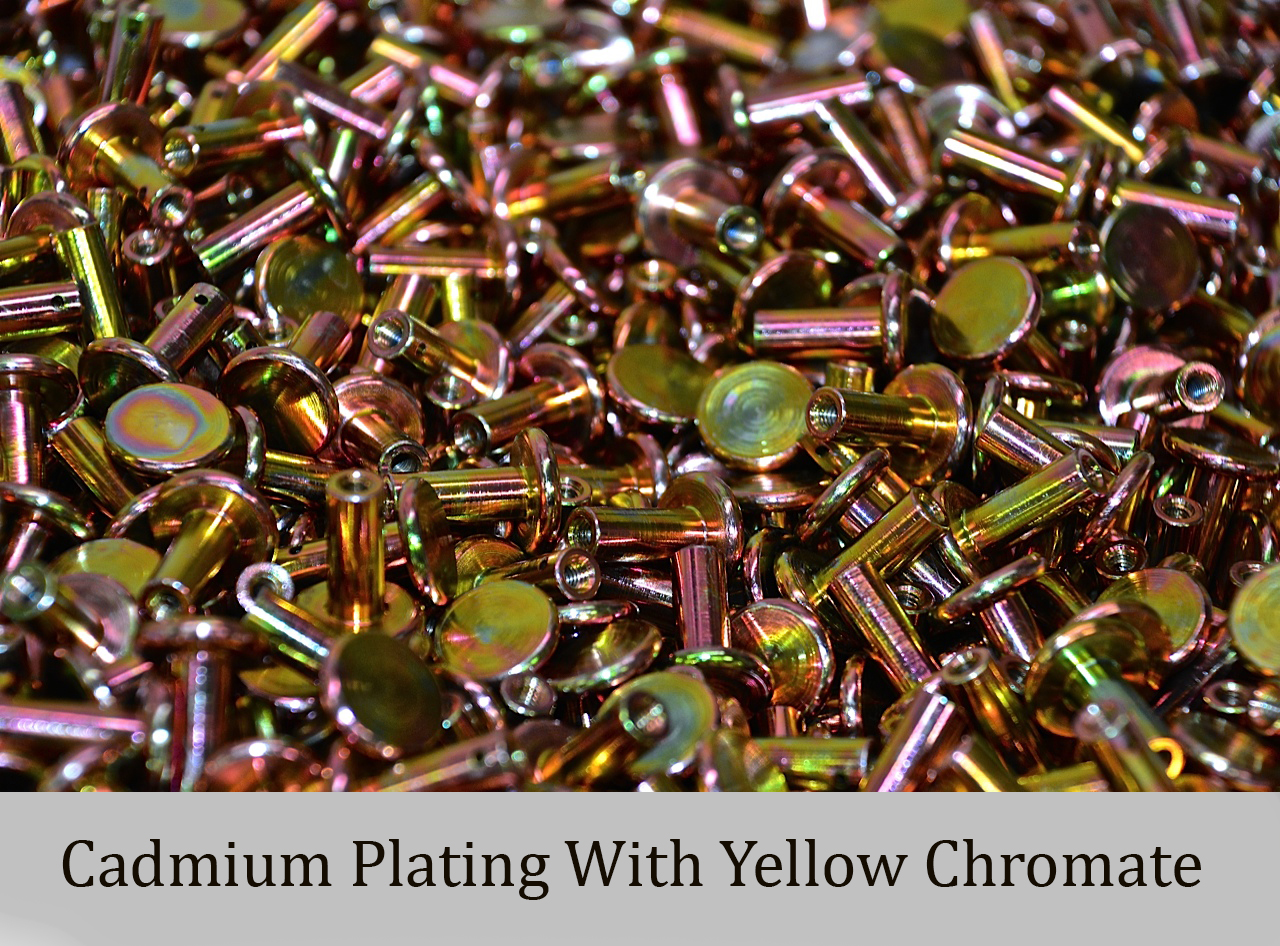
Cadmium plating is an electrolytic process that deposits a layer of cadmium onto a metal substrate. Cadmium plating provides excellent corrosion resistance, making it popular in marine and other harsh environments.
Cadmium is pliable, solderable, and provides exceptional lubricity. Purecoat North offers cadmium plating with olive drab, clear, yellow and black chromate.
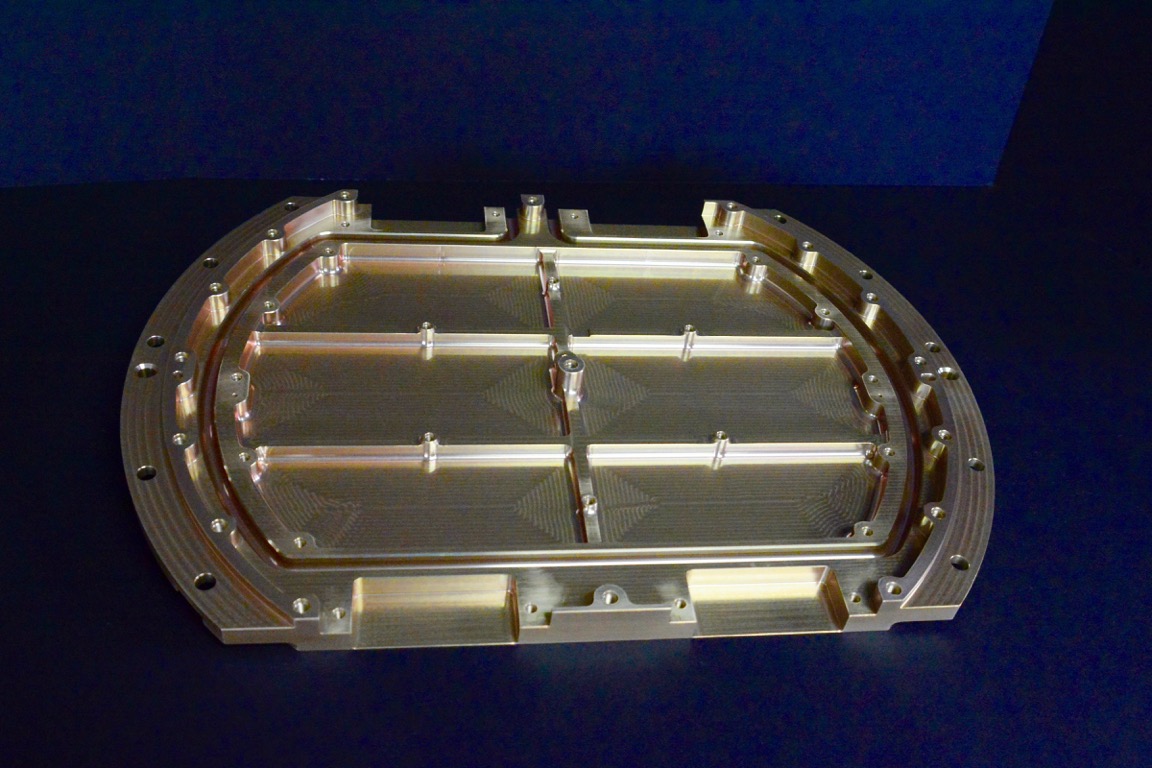
Chemical film is a chromate conversion coating which is applied to aluminum and aluminum alloys. Chemical film provides resistance to corrosion while maintaining electrical conductivity.
Chemical film is often used prior to painting, to enhance adhesion. Purecoat North offers chemical film in both yellow and clear.
Clear chemical film provides electrical contact resistance, while yellow chemical film provides better corrosion resistance and adhesion for painting.

Anodizing is a process that transforms the surface of aluminum into a naturally occurring aluminum oxide. The benefit of anodizing aluminum is corrosion protection and greater abrasion resistance.
Anodizing produces a buildup on the aluminum surface, but also penetrates into the aluminum. Purecoat North offers sulfuric acid anodize in both clear and black.

Passivation is the process of removing contaminants, such as iron or lead, from the surface of stainless steel, leaving the material passive. Passivation does not change the appearance or dimensions of the part.
The passivation process maximizes the essential corrosion resistance of parts and components machined from stainless steel.

Purecoat North has created a unique process that enables the precise reduction of red metals. This process is accomplished without the use of an electric current. Burr-Chem 101 evenly reduces critical dimensions on all surfaces.
Burr-Chem 101 can be used to remove hanging burrs without causing out of tolerance dimensions. A typical bright dip process will reduce high current areas causing out of tolerance dimensions.
Burr-Chem 101 is a safe alternative to barrel bright dipping of any red metals.

Bright dip is a chemical process that enhances brightness and removes oxides. Bright dip does not leave any deposit on the surface, it only provides a shiny finish to the base metal. Purecoat North offers bright dip for both copper and brass.
The following processes are NADCAP Accredited
Copyright © 2015 - Purecoat North LLC

